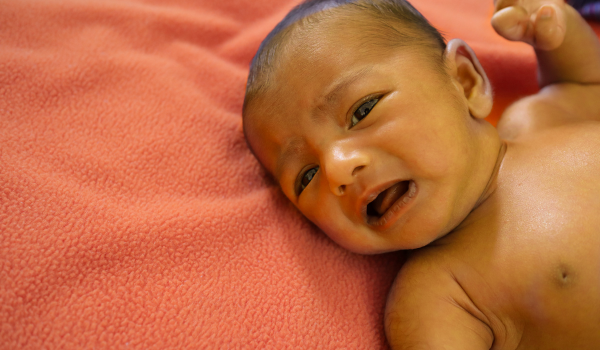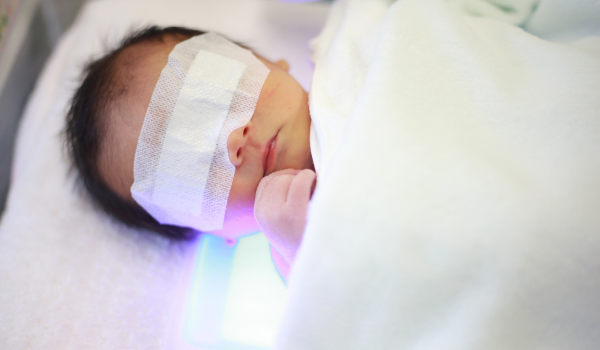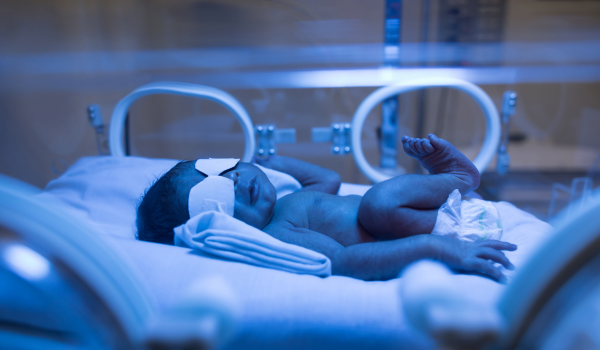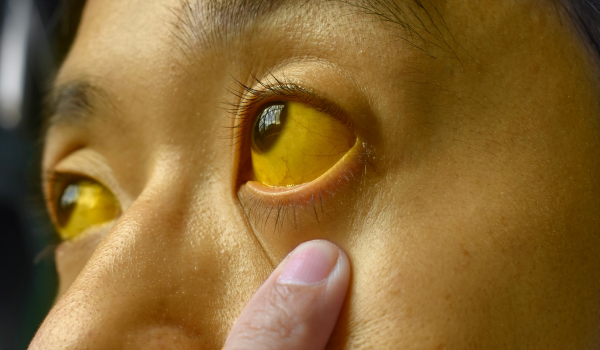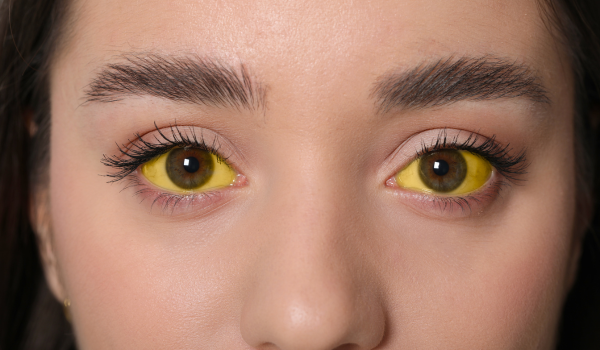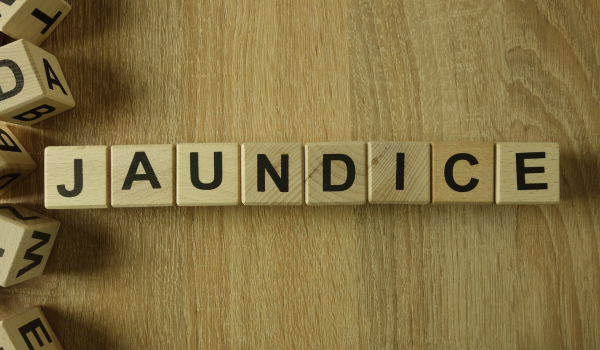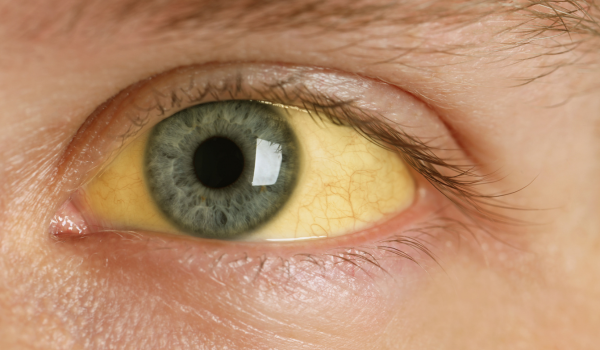
Introduction
Jaundice, characterized by yellowing of the skin and eyes due to elevated bilirubin levels, is not a disease itself but a symptom of an underlying health problem. The best treatment depends on identifying and addressing the root cause.
This article explores the wide range of treatment options for jaundice — from medical interventions and medications to supportive lifestyle changes — to help restore liver function, reduce bilirubin levels, and improve overall health.
Medical Evaluation First
Before any treatment begins, a thorough medical assessment is essential. Jaundice can be caused by multiple conditions, including liver disease, bile duct obstruction, hemolysis, or infections.
Diagnosis may involve:
-
Blood tests to measure bilirubin and liver enzymes
-
Imaging scans (ultrasound, CT, MRI) to detect blockages or liver damage
-
Physical examination and symptom review
-
Specialized tests for hepatitis, hemolytic anemia, or genetic conditions
Why it matters:
Without knowing the exact cause, treatment might only mask symptoms instead of solving the underlying problem.
Medications
In many cases, medications are prescribed to treat the cause of jaundice or reduce symptoms:
-
Antiviral drugs: For hepatitis-related jaundice (e.g., hepatitis B or C).
-
Antibiotics: For bacterial infections of the liver or bile ducts.
-
Steroids or immunosuppressants: For autoimmune hepatitis.
-
Bile acid sequestrants: To reduce itching caused by bile salt buildup.
-
Iron chelators or folic acid supplements: For certain types of anemia that lead to jaundice.
Note: Medications are always tailored to the underlying condition and require close monitoring.
Phototherapy
While best known for treating newborn jaundice, phototherapy can sometimes be used in adults with severe hyperbilirubinemia when rapid bilirubin reduction is needed.
How it works:
Special blue light breaks down bilirubin into a form the body can excrete more easily through urine and stool.
Benefits:
-
Non-invasive
-
Fast results in lowering bilirubin levels
-
Can prevent complications like kernicterus in high-risk cases
Surgical Interventions
When jaundice is caused by physical blockages or structural problems, surgery may be necessary:
-
Gallstone removal: To clear blocked bile ducts.
-
Tumor removal: For cancers affecting the liver, pancreas, or bile ducts.
-
Stent placement: To keep bile ducts open and improve bile flow.
-
Liver transplant: For end-stage liver failure where other treatments have failed.
Surgical decisions depend on imaging results and the patient’s overall health.
Dietary Adjustments
Nutrition plays a critical role in recovery and long-term liver health:
-
Increase antioxidants: Fruits like berries, citrus, and vegetables like spinach help reduce oxidative stress on the liver.
-
Limit fatty and fried foods: To reduce strain on bile production.
-
Stay hydrated: Adequate water intake supports bilirubin elimination.
-
Avoid alcohol: It can worsen liver inflammation and slow recovery.
-
Eat smaller, frequent meals: Helps digestion and reduces liver workload.
A registered dietitian can tailor a liver-friendly diet to individual needs.
Hydration and Detox Support
Proper hydration assists the body in flushing out excess bilirubin and toxins:
-
Aim for 2–3 liters of water daily (unless restricted by a doctor).
-
Include herbal teas such as milk thistle or dandelion root (with medical approval).
-
Avoid sugary drinks that burden the liver.
Hydration also supports kidney function, which works alongside the liver to filter waste.
Lifestyle Changes
Certain habits can protect and improve liver function during and after jaundice:
-
Maintain a healthy weight: Reduces risk of fatty liver disease.
-
Exercise moderately: Improves circulation and liver oxygen supply.
-
Avoid unnecessary medications or supplements: Some can be toxic to the liver.
-
Get vaccinated for hepatitis A and B: Prevents future liver infections.
-
Practice safe food handling: To avoid infections that can trigger jaundice.
Home Monitoring
Even after treatment begins, monitoring symptoms at home is important:
-
Track changes in skin and eye color.
-
Record any abdominal pain, swelling, or unusual fatigue.
-
Keep a log of medications, diet, and water intake.
-
Report any new symptoms such as dark urine, pale stools, or fever to your doctor immediately.
Alternative and Supportive Therapies
Some people explore complementary treatments alongside conventional care:
-
Acupuncture: May support liver health and reduce discomfort.
-
Yoga and meditation: Can help manage stress, which impacts immune and liver function.
-
Liver-support supplements: Such as milk thistle or turmeric, only under medical guidance.
While these can be beneficial, they should never replace prescribed medical treatments.
Preventing Recurrence
Once jaundice resolves, prevention focuses on avoiding the triggers:
-
Limit alcohol intake or avoid it entirely.
-
Maintain regular medical checkups, especially for chronic liver conditions.
-
Manage cholesterol and blood sugar levels to prevent fatty liver disease.
-
Address any gallbladder problems promptly.
-
Follow prescribed treatment plans for hepatitis or other chronic illnesses.
When to Seek Urgent Care
Certain signs require immediate medical attention during treatment:
-
Severe abdominal pain or swelling
-
Persistent vomiting
-
High fever and chills
-
Sudden confusion or disorientation
-
Rapid worsening of yellowing skin and eyes
Early intervention can prevent life-threatening complications.
Conclusion
Treating jaundice effectively means addressing both the cause and the symptoms. From targeted medications and surgery to lifestyle adjustments and dietary changes, the right approach can restore liver function and improve overall health. By acting promptly and following medical guidance, you can reduce bilirubin levels safely and prevent future episodes.
